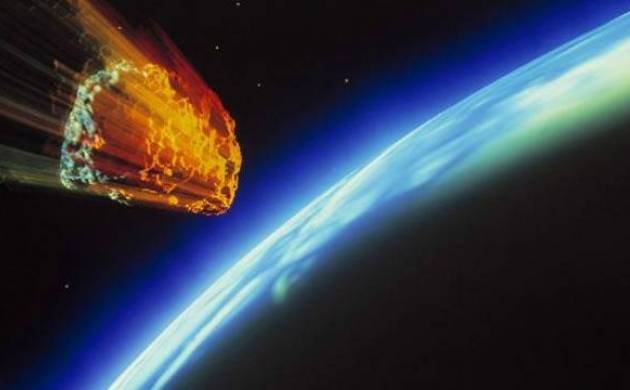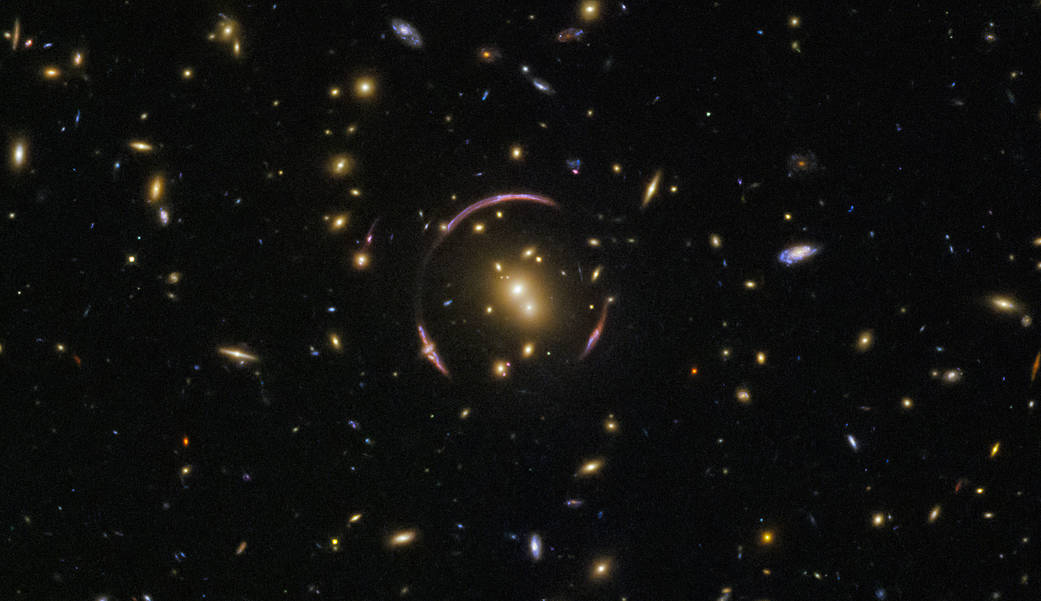
Asteroid will come ‘damn close’ to Earth this week as it skims past Earth at one-eighth the distance of the moon.
An asteroid the size of a house — small by space rock standards — is hurtling through space and will whiz by Earth late Wednesday or early Thursday morning, depending on where you live. The 65-foot-wide asteroid won’t hit us, but NASA and other asteroid scientists are watching the flyby closely as they prepare a defense against a future space rock that could come crashing down in a big load of awful, like the asteroid that scientists say wiped out dinosaurs 65 million years ago.
The asteroid, designated as 2012 TC4 in recognition of the year it was first observed, will brush Earth overnight Wednesday and Thursday from about 30,000 miles, well within the moon’s orbit. It is speeding through space at about 30,000 mph and has brightened as it approaches Earth. It will pass by Earth at about 1:42 a.m. Eastern Time Thursday morning, Oct. 12.
Though there’s no direct threat to Earth, astronomy scientists will be closely watching it. In 1998 and again in 2005, Congress directed NASA scientists to prioritize their study of near-Earth objects, or NEOs, to prevent a devastating asteroid collision with Earth. The asteroid that killed the dinosaurs was about 10 kilometers wide, but any space rock larger than 1 kilometer wide that hits Earth could trigger catastrophic climate change, scientists say.
It’s a long shot that any large asteroid will hit Earth, Paul Chodas, the project manager for Near Earth Object Studies in Pasadena, California, told The Christian Science Monitor. The odds of that happening are about one in about 500,000 in any given year, Chodas said, noting that the larger the asteroid, the less the chance of an impact.
However, “something the size of a car” hits Earth every few years, Gareth Williams, associate director of the International Astronomical Union’s Minor Planet Center in Cambridge, Massachusetts, told The Monitor.
“Things do hit other things, and we’re not special in that regard,” Williams said. “Just look up at the night sky and you can see things burning up in the atmosphere. These are grains of sand.”
Though larger, this space rock isn’t expected to come as close as the asteroid that exploded over Russia in 2013. The Chelyabinsk meteor exploded about 12 miles over Russia with about 30 times more power than the nuclear bomb over Hiroshima in 1946. Windows were broken in six Russian cities, and some 1,500 people were injured, mainly from flying glass, Earthsky.org reported. About 5 tons of meteoric material reached the ground, including a 1,400-pound meteorite divers retrieved from the bottom of Russia’s Lake Chebarkul.
Amateur astronomers have captured images of 2012 TC4 with small telescopes. You won’t be able to see it the eye alone, but if you don’t have a telescope, you can watch it online.













